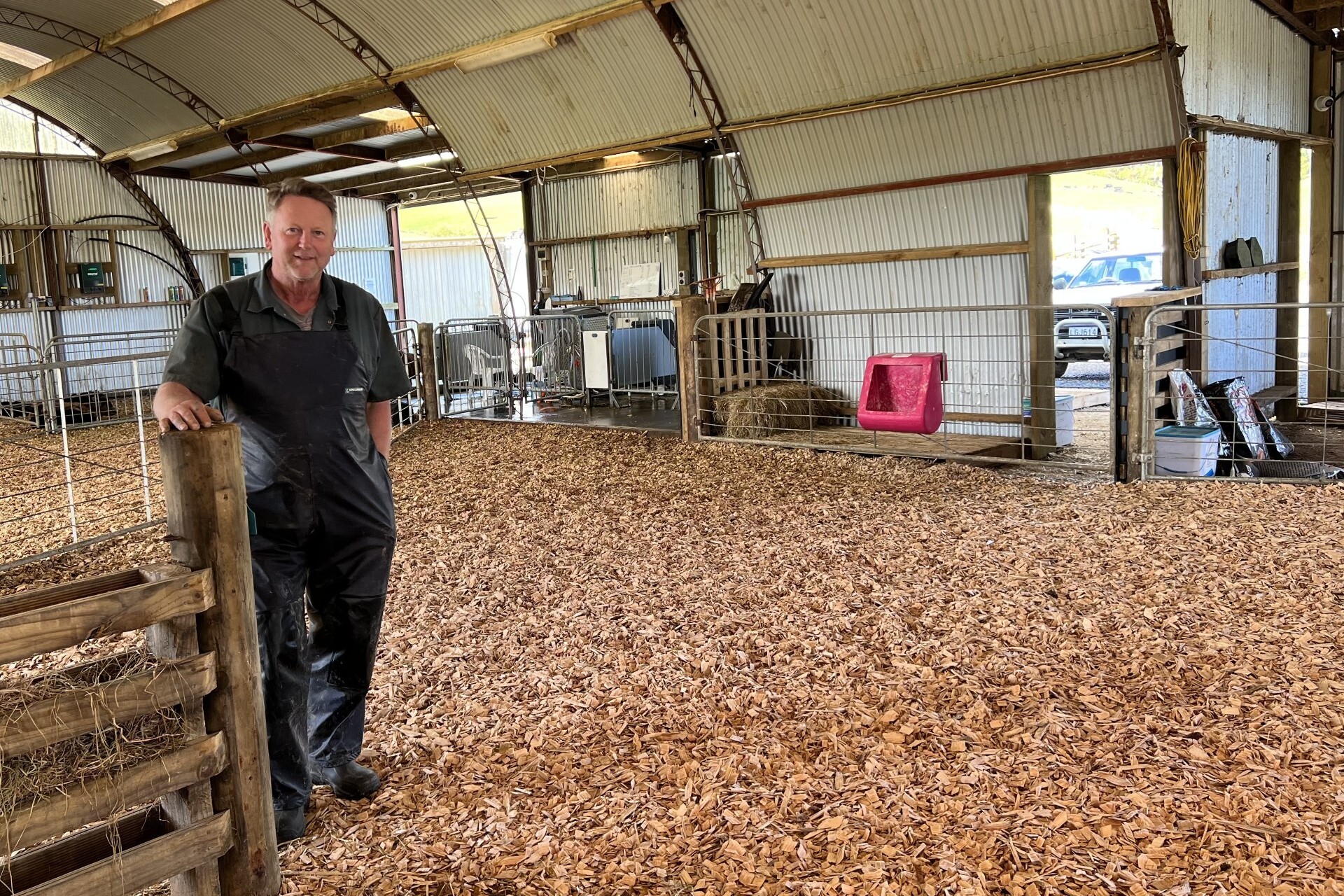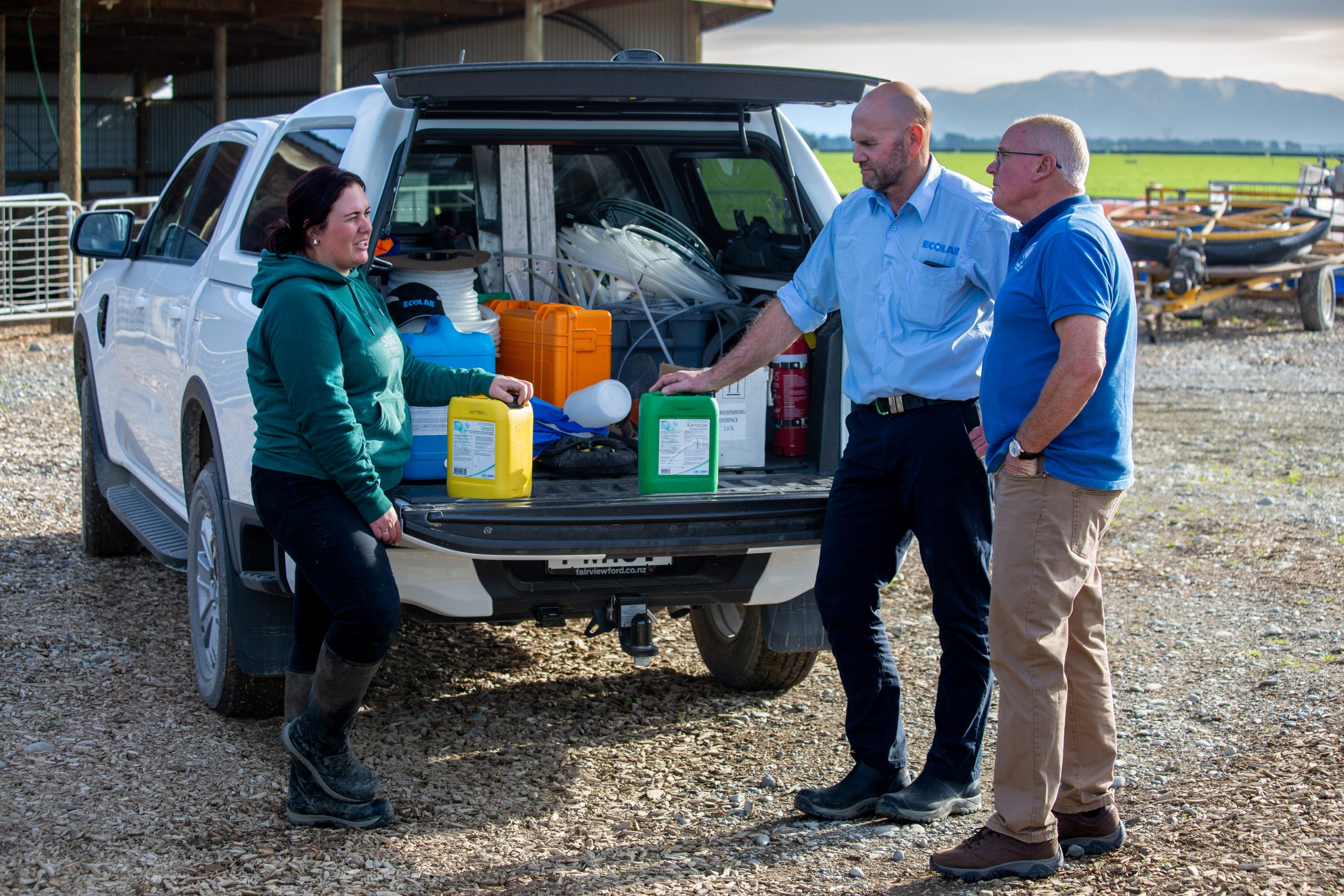Mastitis is arguably our most common disease dealt with on dairy farms and spring is when you will see it most often.
It’s costly to treat, takes up valuable time especially at the start of each season and lowers milk production.
It costs the industry millions of dollars every year.
After empties, it is also probably the most common reason cows, especially young ones, are culled.
However, there are lots of ways to identify, treat and prevent it but it takes knowledge, equipment and good management practices. Even then, almost all farms in New Zealand will have a case or more likely 10 or 20 to deal with every spring.
Mastitis is an inflammatory reaction of the udder tissue which can be caused by injury or by bacteria invading through the teat canal.
If it is caused by bacteria, the milk-secreting tissue and various ducts throughout the udder can be damaged by the toxins released by the bacteria.
There are a number of types of these bacteria and it’s important to know which one is causing the mastitis as treatment and then prevention, so you won’t get new infections, can be different.
If the antibiotics you are using are not clearing the mastitis like they should be then send a milk sample away immediately to find out which bacteria you are dealing with.
Strep uberis is probably our most common mastitis-causing bacteria. It is found in muddy environments such as winter crop paddocks, standoff pads, raceways and anywhere else where there is dung.
Wet weather increases the risk so it is most usually seen in spring and if you are washing dirty udders and not drying them before cups go on then you will probably get a few cases.
Of all the types of bacteria causing mastitis, Staph aureus is the one you don’t want. It is highly contagious and will move from cow to cow through milking equipment and milkers’ hands.
It does not respond easily to antibiotics, can be hard to detect as it does not always cause clinical mastitis but can cause udder damage and milk loss.
Identified cows should be milked last, the milk not fed to calves and probably the best way to get rid of it is to cull infected animals.
Strep dysgalactiae often gets into udders through damaged teats. It is semi-contagious but responds well usually to antibiotics.
Pseudomonas aeruginosa is another one that can resist treatments. It can be spread through water, for example hosing at cups off.
- coli is spread from the cow’s gut to the udder through exposure to dung. It can hang around in low grade cases all season.
Serratia and Enterobacter are often found in drains, effluent, sawdust and straw and even diluted teat spray made with contaminated water. It can cause long and chronic cases of mastitis and can be contagious from cow to cow during milking.
Coagulase Negative Staphylococcus (CNS) is often seen as a secondary infection.
Signs of mastitis are not always easy to pick up.
Keep an eye on your somatic cell count (SCC) on your milk docket. Cows produce somatic cells as part of their immune response to fight and to clean up an infection and if your SCC is rising then start looking.
Flakes, strings and clots in your milk, often found on the filter, is another sign you have a problem.
An udder’s quarters will be swollen, hot and sometimes hard. They will also be painful so cows that kick when cups go on could have an infection. If they have a severe infection, the cow will have a fever, be dehydrated, and not be eating.
Some cases however are subclinical and will have few signs but these cows will be contagious and passing mastitis to those around them. They will also be producing less milk.
If your SCC is higher than it should be, but you don’t have any cases of mastitis that you know about, then you need to find the subclinical cows and treat them.
Some high-tech milking systems that have milk meters (Protrack, Lely and others) will tell you which cow and which quarter of that cow is infected during milking.
If you don’t have the technology using your herd test results will identify cows and you can ask for an emergency herd test if you need to.
Otherwise, get all your staff together and do a rapid mastitis test (RMT) on all your cows during milking.
Use a blue RMT paddle and a reagent. The blue colour shows the test better and make sure you use a proper reagent. In the 1990s dishwashing liquid was commonly used but it’s not as good as the real thing.
Discard the first few squirts of milk and then squirt two to five millilitres of milk from each quarter into a separate well on the clean tray. Try not to get any dung in there but a little bit won’t matter.
Mix each milk sample with the reagent and swirl the mixture vigorously for 10 to 20 seconds then assess the degree of gelling in each sample.
The reagent ruptures the somatic cells and causes them to thicken into a gel. The degree of gelling shows how severe the infection is or how high the SCC is in that quarter.
Be careful though in spring as colostrum has very high numbers of SCCs and in late lactation the normal drying off process will also increase them. Only interpret the definite gel reactions at these times as sub-clinical mastitis.
Many farmers do a RMT test on all cows when they move from the colostrum mob into the milking herd.
However, remember not all mastitis is caused by a bacterial infection. About 25% is caused by physical damage to the cow’s udder, a fungal infection or a yeast infection and antibiotics are not going to help.
Instead, stripping the cow’s udder daily could be all that is needed.
In all cases, use your vet to work out the best treatment. Separate treatment cows and identify them clearly with paint or tape around their legs so milk does not go into the vat until withholding periods are over.
Prevention is always better than cure so make sure cows’ teats are as much as possible are not dragging in mud.
Make sure they stay on top of the ground on winter crop paddocks and if gateways are getting muddy then cut the fence wires and make a new gateway. Keep tracks free of dung as much as possible.
Dairy hygiene is crucial. Make sure staff wash their hands before milking with soap and use clean milking gloves.
Don’t wash udders so the dirty water is then sucked into the cups. Don’t spray the dirty concrete around cows so the water then flicks up on to their udders.
Don’t spray water on to cows at all, especially with high pressure hoses. They don’t like it and it just spreads bacteria everywhere. Your cup washing and yard cleaning systems may be what is causing your mastitis. Leave washing the dairy and yard until after the cows are gone.
Heal cracked teats as quickly as possible and don’t over-milk cows as this can damage to the udder and especially the teat.
Use teat spray after every milking and check regularly that the spray is covering all four teats completely and it’s mixed as it says it should be by the supplier with clean water.
If you are getting cracked teats, check the vacuum on your milking machine and that the rubber liners in the cups do not need replacing. If they are split or worn this could be where the bacteria are hiding.
Many farmers are advocates of teat sealing at drying off and especially for first calvers in late autumn.
Teat seal is a non-antibiotic inert substance that forms a plug in the teat canal, preventing bacteria entering the udder through the dry period and especially at calving when cows are often leaking milk.
Dry cow therapy, a long-acting antibiotic, is also often used at drying off for cows with a history of high somatic cell counts.
After drying off, continue to check cows for swollen udders. Mastitis can affect dry cows just as easily as lactating cows.
Mastitis, although usually worse in spring, is a year-round-disease which requires constant vigilance. You are never going to eliminate it as the bacteria that mostly causes it is found everywhere.
However, you can treat clinical cases promptly with the right antibiotics and go looking for subclinical cases.
Cleanliness on the farm and in the dairy will go a long way to preventing new cases.





